Ficus is one of the most common and beloved houseplants by flower growers. This indoor flower is very beautiful, it surprises with its decorative effect, unpretentiousness and ease of care. Only this plant does not like frequent transplants. Normal growth and a beautiful appearance can only be ensured by good fertilizers. From this article you will learn about the best way to feed a ficus so that it will please with its beautiful leaves for a long time.

Ficus basics
The plant belongs to tropical crops. They like to decorate apartments, houses and offices. It stands out from other exotic plants with its unpretentiousness. But sometimes ficus sheds leaves. What to do? Many readers want to know the reasons for this phenomenon. We have collected the most useful tips for you.
Various types of ficuses take root at home. Their appearance is different from each other. Most often hostessesacquire a rubbery, lyre-shaped, dwarf appearance or Benjamin's ficus. All these indoor crops have a developed root system, leaves with a dense structure, bright green color. Some varieties are distinguished by specks and leaf edging.
Sometimes the plant is made in the form of a potted tree, a falling ampelous form, a miniature bonsai. In nature, they reach enormous sizes and look like trees. Domesticated ficuses are smaller and grow slowly. Below you will learn about top dressing for ficus growth, the best mineral and organic fertilizers.

How often should I feed?
To feed indoor plants, especially ficuses, it is important to know the frequency of such events. The indoor flower we are studying does not need frequent use of fertilizers. It is better to do it less often, but plentifully. This approach is especially true for adult specimens with an extensive deciduous crown.
Large plants quickly deplete the soil in a pot. Then the ficus drops its leaves. Cause? And what to do in such cases? Replanting the plant is not recommended. He needs timely feeding. What other signals can a plant send with a lack of trace elements?
- Growth slows down and stops.
- The branches and stems are stretched, thinner.
- Foliage becomes faded, turgor is lost.
- Leaves are stained.
- Various diseases and pests appear.
Don't wait for the above signs of nutritional deficiencies, you need to feed forficuses on time. It is important to note that if you transplanted a tree into a new soil, then you do not need to feed it for a month.

Types of fertilizers for ficuses
Many novice gardeners find it difficult to decide on the choice of top dressing for ficus. They are afraid to harm the plant and do not know what is best to make. We give a little hint: fertilizers are mineral and organic. Mineral includes chemical compounds with mountain minerals, s alts, geological deposits, industrial waste. Organic are presented in the form of waste products of all types of domestic animals and birds, vegetable compost mixtures, food waste and other products.
Features of mineral fertilizers
Sustainable flower growers against the use of mineral additives. Nevertheless, they are very necessary for the ficus. For its successful development, all 13 macro- and microelements are necessary. These are the so-called biogenic elements. They are important for the ideal nutrition of the tree. Specialized flower farms and plant breeding laboratories must use them. Housewives, on the other hand, begin to use mineral supplements if they notice signs of a lack of some element. The most important substances for good flower development are nitrogen, phosphorus and potassium. Without them, the proper growth of the plant and the formation of new leaves will not be observed.
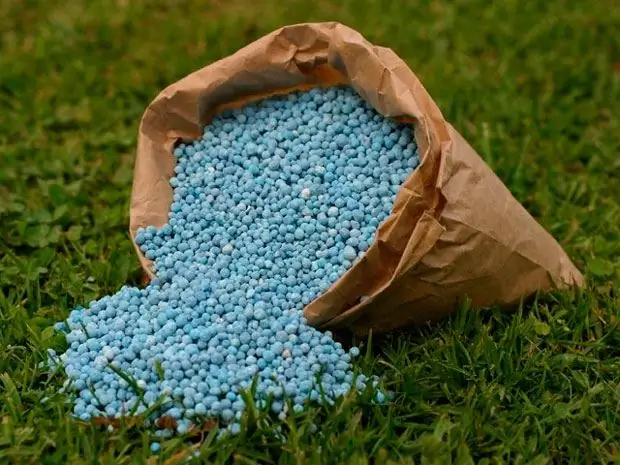
Best store-bought options
Specialists offer dry fertilizers for ficus in winter. They are available in the form of powder, granules, tablets,added to the soil. Over time, they will dissolve in water.
For root dressing and spraying, liquid solutions are used. You can use Agricola, Palma, Ideal, Humisol, Raduga, Kemira fertilizers. First, dilute new, untested drugs several times weaker than indicated on the package. Look at the reaction of the tree. Feed once every two weeks.
Some flower growers prefer prolonged preparations - in the form of a kind of sticks. They are laid in the soil under the roots of the plant. Their nutrient concentration is very high.

Using humus
Many flower growers prefer organic fertilizers. They also have many useful elements. One of them is animal humus. It is the first natural nitrogen supplier. Without this element, the plant will not be able to grow leaves. Humus obtained from bird droppings is best suited. The effect of it is three times higher than that of a solution of mullein. Just 3 grams of manure per liter of water is sufficient for irrigation solution.
Cow, horse, pig, sheep, goat manure is also suitable for feeding ficus. Take 10 grams of manure per 1 liter of water. It is worth warning about the unpleasant odor that will come after watering with humus. Flower shops sell concentrated liquid organic fertilizers. They dissolve well in water and do not smell.

Nettle infusion
Another top dressing for ficus is vegetable humus and herbal infusion. If there is no animal humus, then sheet or compost will do. This is also an effective food for ficus. Vegetable humus is rich in nitrogen compounds and other elements. It is enough to dilute 100 g of such humus in 1 liter of water.
In the summer, flower growers prepare weed infusions for feeding. Nettle infusion is best suited for ficuses. This burning green contains nitrogen and carbon. It is best to collect nettles in early summer, while the seeds are not yet ripe. It is enough to grind young stems and leaves, place them in a plastic bottle or bucket, and then pour water 1:1. The remedy is infused for two weeks. When the fermentation of the infusion passes, it will darken. Nettle infusion is applied to the root zone, previously diluted with water 1:10.
In a dry summer, nettle infusion will still help fight pests. Nettle water, infused for a day, is simply sprayed with ficus leaves.
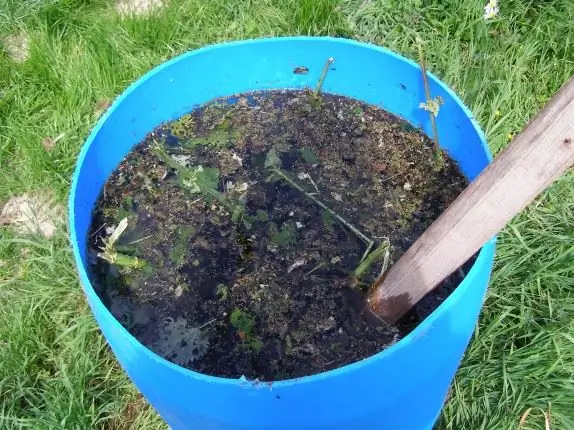
Homemade household fertilizers
There is always household waste in the kitchen, which experienced housewives have learned to use as fertilizers, including ficuses. What can be added to the soil as a top dressing?
Try this:
- Sugar water. It contains glucose, which gives energy to ficuses and nourishes them. It is enough to dilute two tablespoons of sugar per liter of water and water once a month.
- Coffee grounds. It contributes to the loosening of the soil and itsair permeability. After it, the roots are better fed with oxygen. First, dry the thick, and then mix with the soil in a pot. Don't leave coffee on top, otherwise the midges will start.
- Tea brewing. Ficuses love regular black tea. Herbal and green can only serve as baking powder. Do not add too much tea leaves to the pot, otherwise mold and midges will appear.
- Peel of vegetables and fruits. Skins of bananas, oranges, potatoes can not be thrown away - use them as top dressing. First, grind them, boil, leave for about three days in this water. Then pour ficus with infusion.
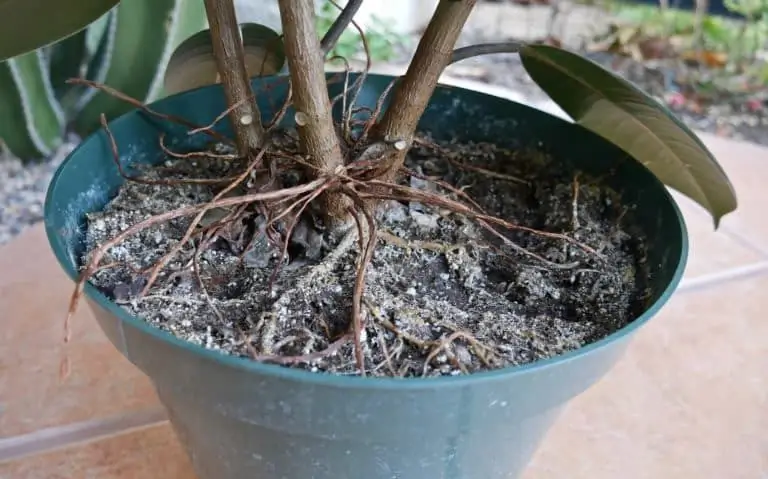
Feeding with succinic acid
For the growth of ficus, you can use succinic acid. Many flower growers are aware of this colorless crystalline substance that dissolves in water. It helps the ficus survive various temperature changes and other stressful situations. It also strengthens the immune system of the plant. Both roots and leaves can be treated with succinic acid. One gram of acid is enough per liter of water. With this solution, you can not only water ficuses, but also spray their leaves. The finished solution is stored for three days.
Succinic acid does not bring harm to humans and animals, it is not toxic. The main thing is to prevent it from getting into the eyes. Spraying with succinic acid prevents pest damage to the plant.
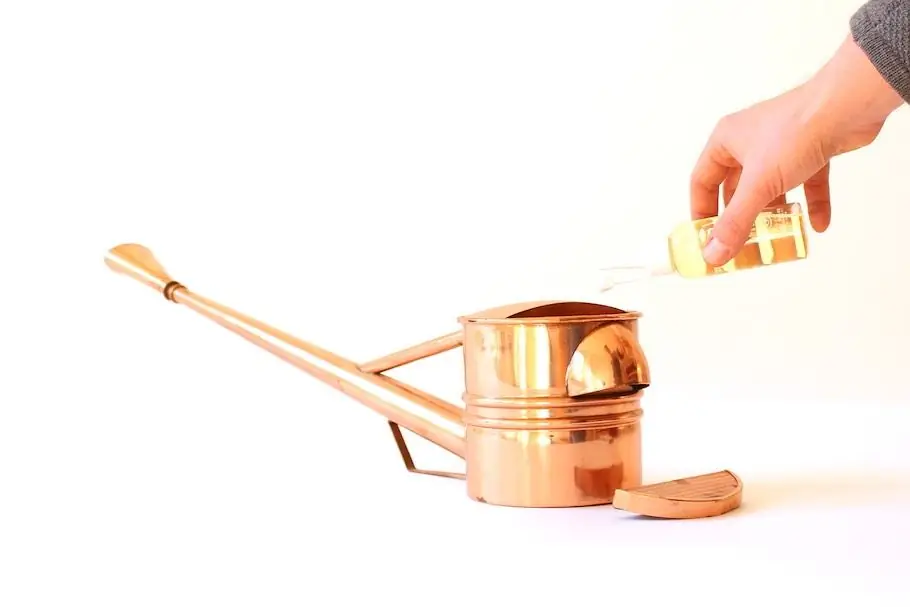
Feeding with wood ash
Wood ash is called a source of magnesium, potassium, calcium by gardeners and flower growers. Ficus can be fertilizedtincture from it. Often, ash is added to the soil mixture when the plant is transplanted. And prepare the tincture at the rate of 1 tablespoon of ash per 1 liter of boiling water. Leave to infuse for a week. Stir the solution daily. Water the ficus with the finished tincture. You can also use the ashes to dust the plant to keep fleas and slugs away.

Ficus cultivation and plant care
For ficuses, not only top dressing is important, but also proper care. The tree loves well-lit places. To make ficuses feel good, give them plenty of light. Dark green ficuses tolerate shade well. But variegated plants want direct sunlight. In winter, you can arrange additional lighting for them, otherwise they may shed their leaves. Get a special lamp and try to get light to the plant for at least 12 hours a day. In order for the ficus crown to form beautifully, from time to time turn the flower to the light source in different directions.
Ficuses like moist air. Spray the plant regularly, give it a shower. Ficuses with large leaves collect a lot of dust, so wipe them with a damp cloth or sponge.
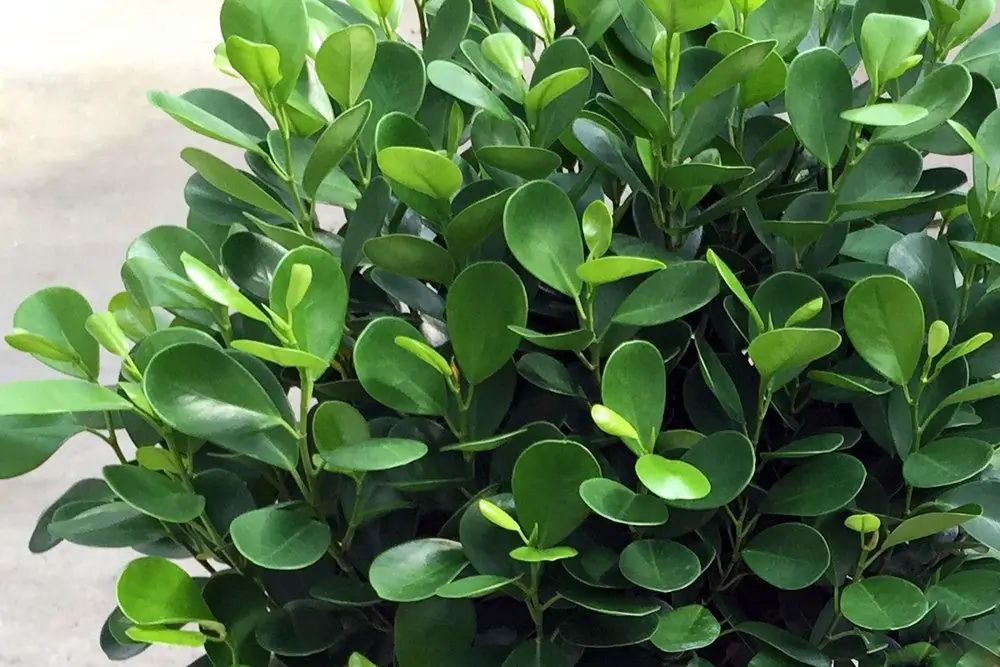
Ficuses also love warmth. They feel most comfortable at a temperature of + 25-30 ° C in summer and + 18-20 ° C in winter. Green-leaved species are more hardy to low temperatures than variegated ones. Ficus does not like drafts and hypothermia of the soil, so do not put it on the floor or a cold windowsill.
Another importantThe condition for keeping ficus is proper watering. Do you know how many times to water a ficus in the summer? Two plentiful waterings a week are enough. But in winter - once moderately. Wait between waterings until the soil is dry but not dry. Ampel ficuses love more water than ordinary ficuses.
Favorite type of ficus can be easily propagated by cuttings. It is enough to cut off one branch with a leaf and root it. You can use special tools to stimulate root growth. Most often, cuttings take root easily and quickly. In the process of growth, try to form a beautiful crown for the ficus. To do this, use pruning and pinching. It is not necessary to replant trees often, it is enough to do this once every two or three years.






